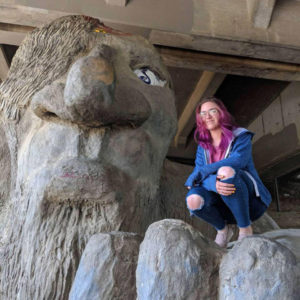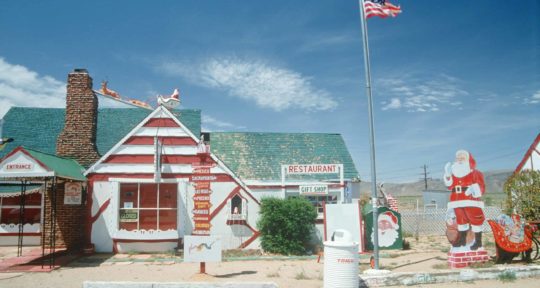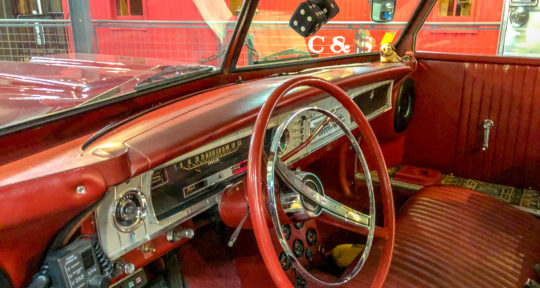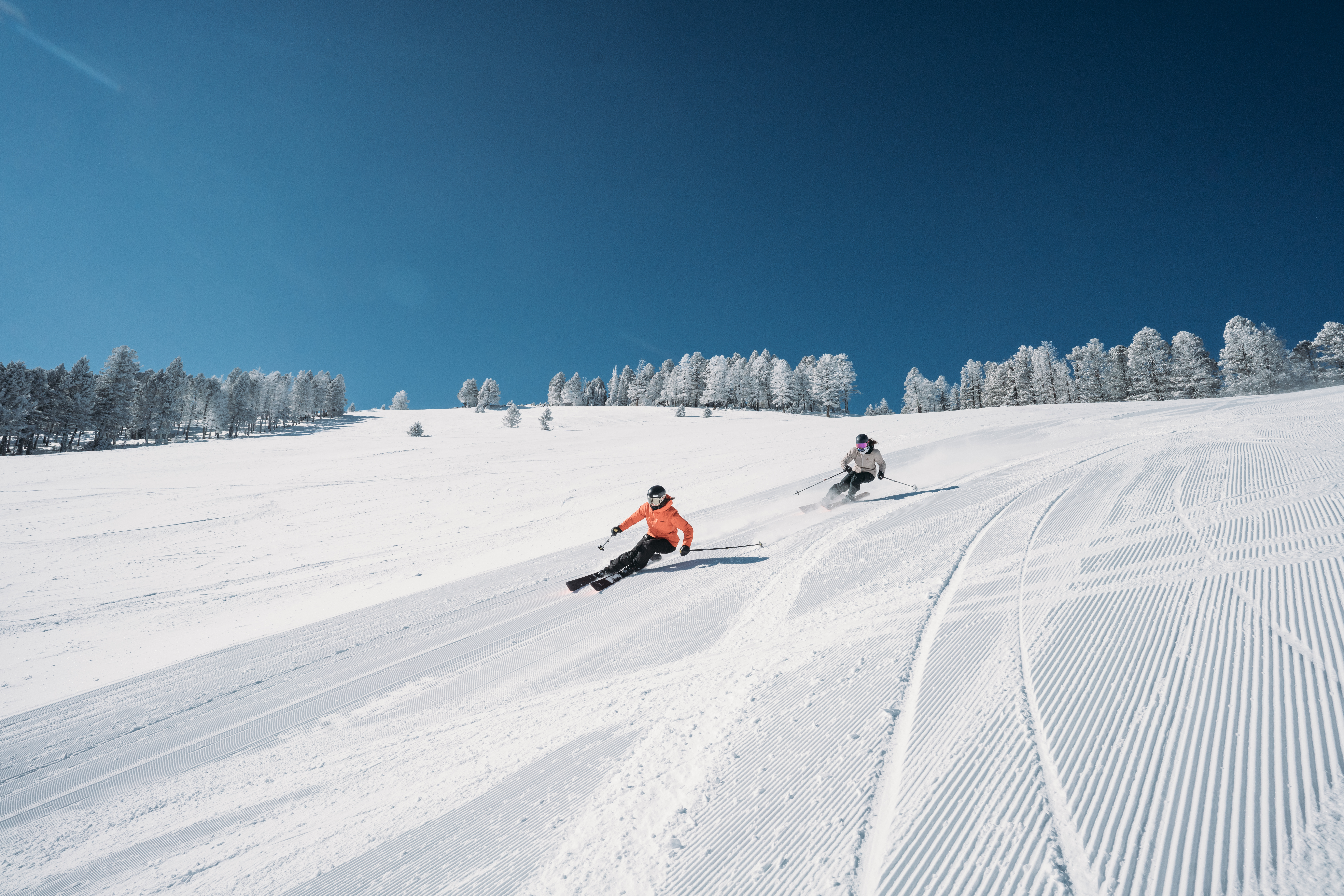For some people, the holiday season starts right around Halloween. For others, nothing remotely related to Christmas is allowed around the house (or anywhere else) until the start of Advent. Me, personally? I think it’s OK to start putting up decorations and listening to carols when the Rockefeller Center Christmas tree is lit. It’s an event that’s a little sappy and a lot over-the-top, but that’s part of what makes Christmas so great, right? These little-known facts about the tree are the perfect way to get in the holly jolly spirit.
The first Rockefeller Center Christmas tree
Looking at the spectacle of the tree now, it’s hard to imagine that the tradition has incredibly humble beginnings. It started unofficially in 1931 when the construction workers who were building Rockefeller Center pooled their money for a (comparatively minuscule) 20-foot balsam fir. It was the Depression, so their families donated “strings of cranberries, garlands of paper, and even a few tin cans” to decorate it. In 1933, Rockefeller Center got its first official tree. This one was 50 feet tall, and it was an instant hit with New Yorkers. In 1936, the skating rink opened for the first time, and the tradition of skating below the tree was cemented.
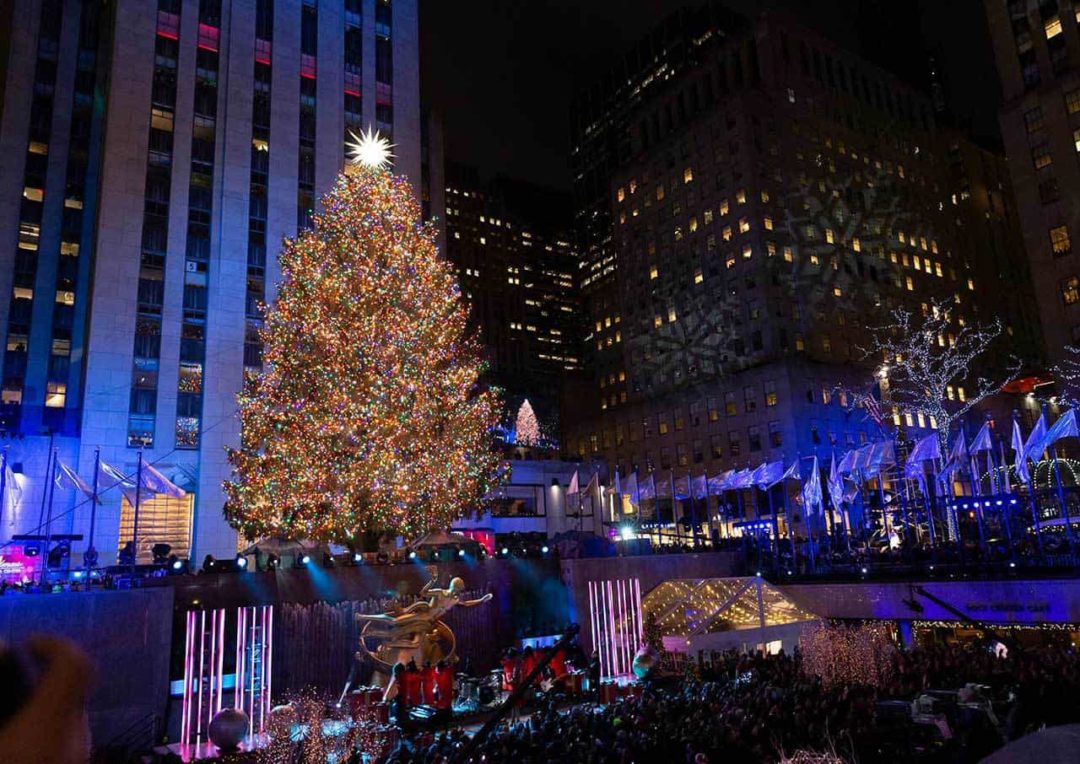
Choosing a tree
One man is responsible for selecting the tree each year. Erik Pauzé, the Head Gardener at Rockefeller Center, visits nurseries, looks for backyard trees, and solicits online submissions, looking for a tree that’s tall, hearty, can handle the decorations, and has a good “Christmas tree shape.” The size of the streets around Rockefeller Plaza do limit the tree’s height to about 100 feet. The process of cutting the tree involves a crane, and then it’s transported on a trailer (usually bedecked in red bows) to Rockefeller Center.
The 2018 tree—first spotted by Pauzé five years ago—is a 72-foot-tall, 75-year-old Norway spruce that traveled more than 70 miles from Upstate New York to Manhattan for its new role in the spotlight.
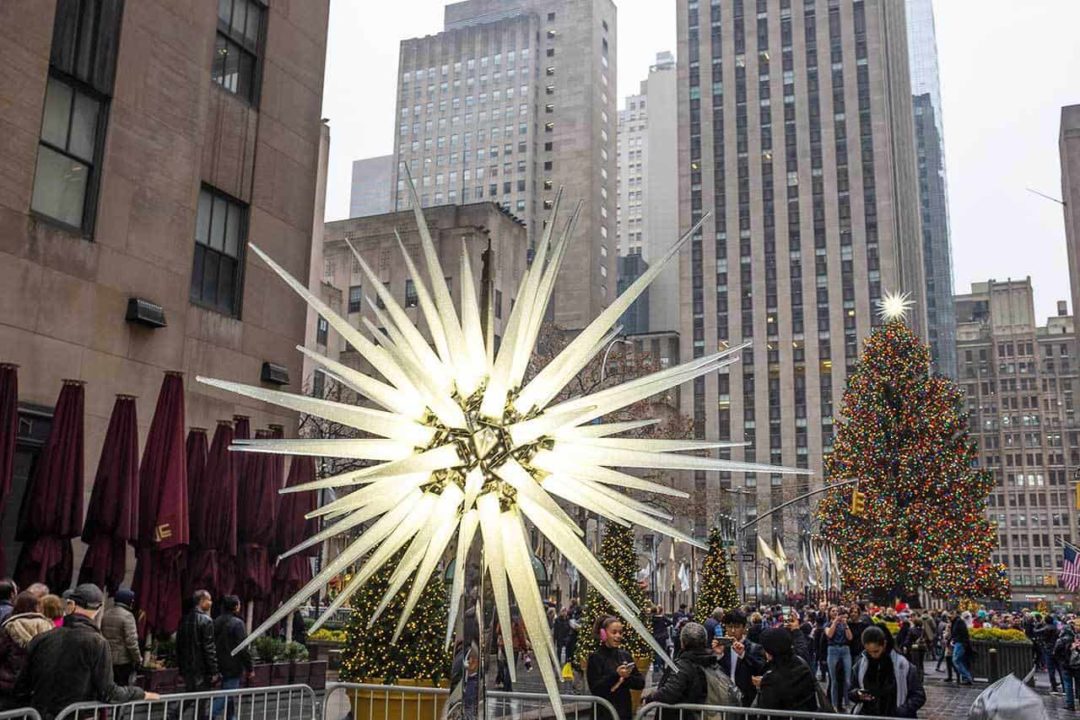
Some of the more unique decorations
Today, the Rockefeller Center Christmas tree is loaded with ornaments and wrapped with 50,000 lights. 2018’s crown jewel—quite literally—is a 9-foot-4 star made from three million Swarovski crystals set across 70 triangular spikes, backlit with LED lights. The sparkling 900-pound beast was designed by architect Daniel Libeskind.
But, the tree has had many different looks through the ages. During WWII, in the 1940s, the tree featured more simple decorations, like painted stars, that usually kept with a patriotic theme. In 1942, three smaller trees were erected instead of one large one, and each was done up in red, white, or blue. In 1944 and 1945, the trees were left unlit due to blackout regulations. The tree that went up right after the war ended got a special touch: Six ultraviolet light projectors were used to give the appearance that 700 fluorescent globes on its branches were glowing in the dark.
As the country headed into the 1950s, the trees trended taller and taller, and soon, scaffolding was needed to complete the tree’s look. It now takes multiple workers several days to fully deck the tree out.
What happens to the tree after Christmas?
We should take a moment to stop and reflect on the fact that a tree gave its life for our holiday traditions. It’s only fitting that the tree is treated with respect once Rockefeller Center is done with it. Actually, they didn’t start recycling the trees until 1971, when that year’s 65-foot-tall evergreen was turned into 30 three-bushel bags of mulch for the nature trails of upper Manhattan. In 2007, they started milling the trees into lumber, which gets donated to Habitat for Humanity for building houses.
Rockefeller Center Christmas tree records
The first time the tree lighting was broadcast live on NBC was 1951. This is a tradition that has carried on, in some form, ever since. In 1998, a tree was flown in from Richmond, Ohio on the world’s largest transport plane. The largest Rockefeller Center tree was 1999’s spruce from Connecticut, which stood 100 feet tall. The honor of widest and heaviest Christmas tree goes to the Norway spruce from 2016—it was 56 feet wide and weighed 30,000 pounds. But, the most impressive stat has to be the fact that half a million people will pass by the tree every day. Ho ho ho to that!
A version of this story originally appeared on Roadtrippers’ Chronicles blog.
